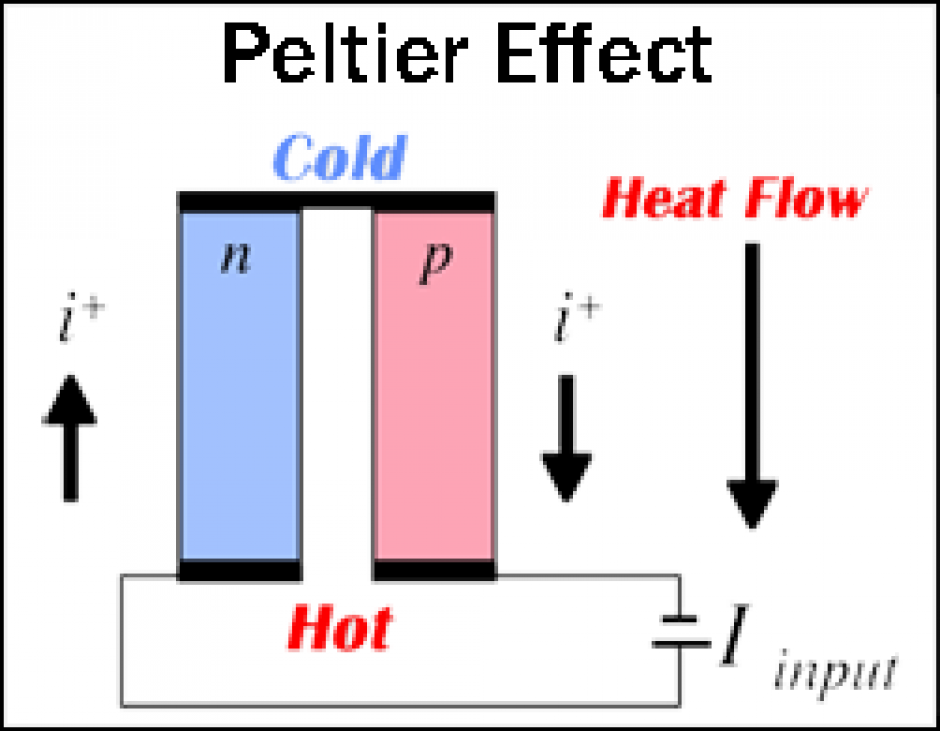تأثير دوبلر في الضوء Doppler effect in light
Most everyone is familiar with the drop in pitch of a train whistle as a train passes your position and switches from moving toward you to moving away from you. This phenomenon is called the Doppler Effect , and is associated with the wave nature of sound: the relative motion of the source causes the wavelength of the sound waves to be decreased ahead of the source and stretched out behind the source (musically, the pitch of a note is correlated with the wavelength of the corresponding sound wave; thus, the longer the wavelength, the lower the pitch). Here is a Java Virtual Experiment that illustrates the Doppler effect.
Light also can be described as a wave, and relative motion of the source of light waves leads to a corresponding Doppler effect for light. In this case it is not the pitch but the color (that is, the wavelength) that is shifted by the motion of the source. The wavelength is shifted to larger values if the motion of the source is away from the observer and to smaller values if the motion is toward the observer. The shift to larger wavelengths by motion away from the observer is called a red shift by astronomers and a shift to shorter wavelengths caused by motion toward the observer is called a blue shift. The terminology is borrowed from the visible part of the spectrum where blue is toward the short wavelength end and red is toward the long wavelength end, but the Doppler effect occurs for all wavelengths of light, not just the visible spectrum.
 |
Standard Doppler Effect equation
The equation or formula for the observed frequency of a waveform for a moving source is:
(fo = fv/(v ± vs
where
- fo is the observed frequency
- v is the velocity of the waveform
- vs is the velocity of the source
- f is the emitted frequency
- ± is plus or minus; plus (+) is used when motion is away from
- you and minus (−) is used when motion is toward you
Example
When heated, the various chemical elements give off light in a specific series of wavelengths or spectral lines. Astronomers study a number of spectral lines, but for our purposes, we will use the Hydrogen spectral line of λ = 434 nm, which is in the violet region of the visible spectrum.
If a distant galaxy is moving away from us at approximately 50,000 km/s and we approximate the speed of light as c = 300,000 km/s, then the resulting wavelength will be:
λr = λc/(c − vr)
Substitute values into equation.
λr = (434 nm)*(300000 km/s)/[(300000 − 50000) km/s]
λr = 130200000/205000 nm
λr = 651.2 nm
The line has shifted from violet toward green. Other spectral lines would also have shifted toward the red end of the spectrum.


